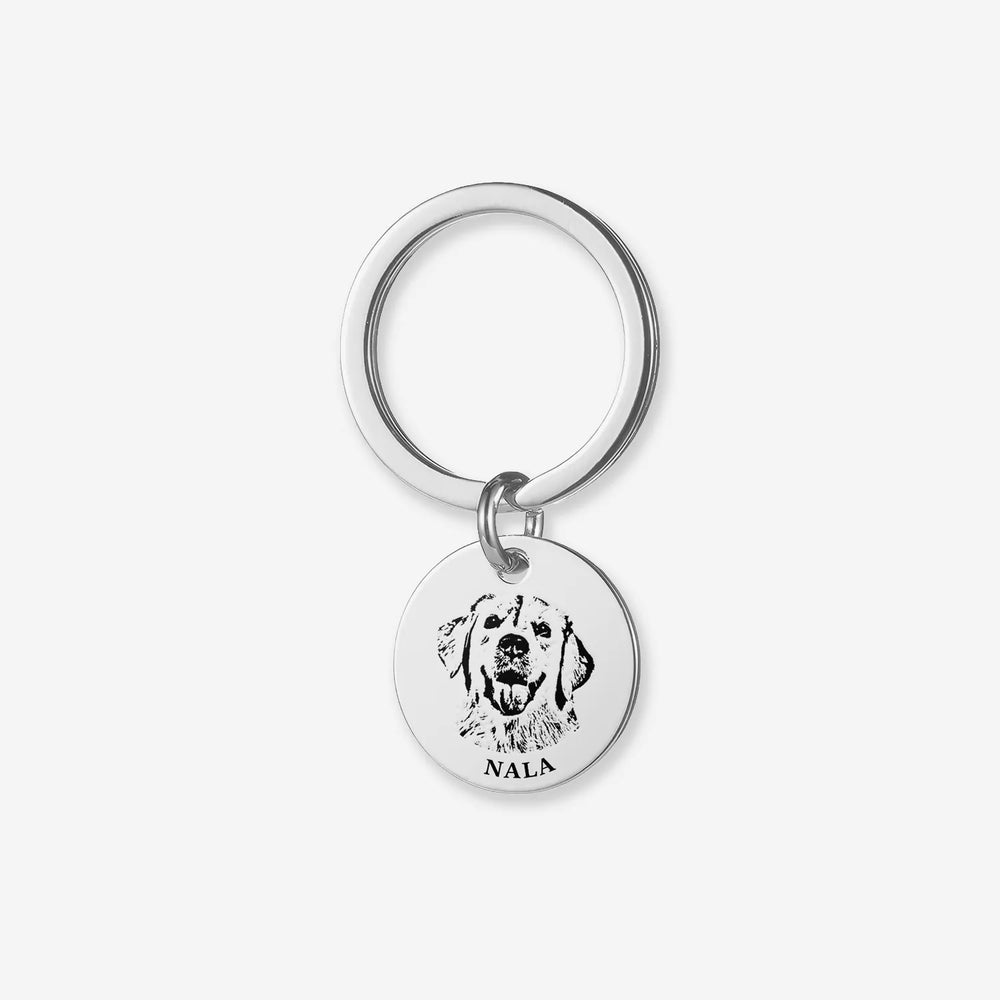Buy One, Get One FREE
10 Scientific Ways to Train Your Cat | How to Discipline a Cat

Introduction: The Importance of Training Your Cat

Many cat owners overlook the importance of training their cats, which often leads to unwanted behaviors. If you’re struggling with a cat that chews on your belongings, runs away, bites, scratches, or behaves aggressively, it’s time to start training. Learning how to discipline a cat with scientific methods can help address these issues and improve your cat’s behavior. Below, we’ve outlined 10 effective ways to train your cat, offering practical steps to guide you toward a better relationship with your feline friend.
10 Effective Ways to Train Your Cat

1. How to Stop Your Cat from Scratching and Biting
Scratching and biting are common behavioral issues. Here’s how to address them:
- Provide your cat with a scratching post and sprinkle catnip on it to encourage scratching in appropriate places.
- Regularly trim your cat’s nails to prevent injury.
- If your cat chews on wires, secure them out of reach and provide chew toys as an alternative.
This method will help your cat learn where to scratch and how to manage its biting habits.
2. Solving the Picky Eating Problem
Cats can sometimes be picky eaters. Here are some techniques to make mealtime more appealing:
- Mix treats or egg yolks into their food to make it more attractive.
- Set a fixed feeding schedule, such as 8 AM and 8 PM. If your cat refuses to eat within 3 minutes, remove the food and try again later.
- Consider switching to a different brand of cat food if your cat continues to refuse their meals.
By training your cat to eat on schedule, you can also prevent the habit of picky eating.
3. Getting Your Cat to Use the Litter Box
Cats are naturally inclined to use a litter box, but sometimes they need a little training:
- Place the litter box away from your cat’s food and water dishes.
- Keep the litter box clean and hygienic to make it more inviting.
- Ensure the litter box is deep enough so your cat can bury waste comfortably.
Training your cat to use the litter box consistently can help prevent accidents around the house.
4. How to Get Your Cat Comfortable with a Carrier
Some cats fear the carrier. To help your cat feel more comfortable:
- Place the carrier in your cat’s room and let it explore it freely.
- Gradually move your cat’s bed into the carrier to help it associate the carrier with comfort.
- After your cat is accustomed, you can start closing the carrier door during sleep.
This technique will help your cat become more familiar with the carrier and reduce anxiety when traveling.
5. Overcoming Fear of Strangers
If your cat is scared of strangers, gentle introduction is key:
- Have strangers offer your cat small treats to create positive associations.
- Allow your cat to approach the stranger at its own pace, ensuring it feels safe.
By using a slow, patient approach, you can help your cat feel more comfortable around new people.
6. Managing Aggression and Biting
Aggressive behaviors, like biting or scratching, can be difficult to control. Here’s how to handle it:
- Never use your hands to play with your cat. If bitten, let out a loud “ouch” to let your cat know it’s hurting you.
- Avoid hitting your cat. Instead, gently tug its ears to redirect its attention.
This training will help teach your cat proper play behavior and discourage aggressive biting.
7. Helping Your Cat Sleep at Night
If your cat is restless at night, try the following:
- Make sure your cat expends energy during the day through playtime.
- Before bedtime, engage in interactive play and offer food if needed.
These actions will help your cat sleep more soundly through the night.
8. Training Your Cat to Ride in the Car
Getting your cat accustomed to car rides can be a challenge. To make the process smoother:
- Always place your cat in an airline-approved carrier and then into the car.
- Make sure your cat eats and uses the litter box before the journey.
With time, your cat will become more comfortable with car rides.
9. How to Get Your Cat Used to the Carrier
If your cat resists entering the carrier, try these steps:
- Leave the carrier door open and allow your cat to enter and exit freely.
- Line the carrier with familiar bedding or mats to make it more inviting.
Your cat will soon associate the carrier with positive experiences.
10. Preventing Stress in Your Cat
To keep your cat calm and reduce stress:
- Limit the frequency of baths to avoid overwhelming your cat.
- Avoid introducing unfamiliar cats immediately and minimize exposure to crowded places.
By keeping your cat’s environment as stress-free as possible, you can help prevent anxiety and stress-related behavior.
Rewarding Your Well-Behaved Cat

After following these training methods, you’ll notice your cat becoming more well-behaved. At this point, it’s important to reward your cat for its progress. A customized cat face necklace can serve as a perfect gift to celebrate your cat’s achievements. Alternatively, you can offer treats or a special meal.
If you’re looking to preserve this special moment, consider custom pet jewelry. It’s a great way to commemorate the journey of training your cat and can serve as a lasting reminder of the bond you share.
Create Lasting Memories with Custom Pet Jewelry
Custom pet jewelry has become increasingly popular among cat lovers who want to preserve special memories with their cats. Your cat’s improved behavior deserves a meaningful reward, and custom jewelry is the perfect way to celebrate. Visit iPetprints, where we’ll help you create the ideal gift for your feline companion.




















